Economic growth, improving access to healthcare, increasing the quality of education, and raising the standard of life, all rely upon access to reliable, affordable and sustainable electricity. Getting there can be complicated and requires a strong foundation.
Since 1962 NRECA International has developed programs that promote economic prosperity in developing countries through strategic electrification planning. Our team continues to help developing economies take the first steps and create permanent business cultures and operating environments in which local electrification institutions are able to survive, compete, prosper and grow. Check out how we’re helping many developing countries improve lives through electrification:
Angola
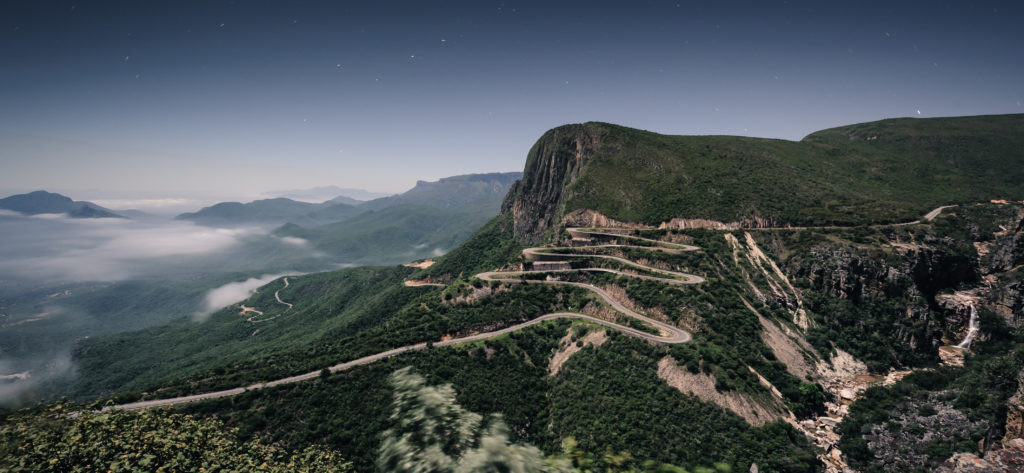
Angola has almost 29 million people and is the third largest economy and second largest oil producer in African. Located in southwest Africa, only 34% of Angolans (and only 10% in rural Angola) have access to reliable electricity, despite recent progress in increasing electricity supply. Read more.
Colombia

In Colombia, 97 percent of the households have electricity access. However, nearly 1.8 million Columbians located in rural areas still have no access to any form of commercial electric service. In 2017, NRECA International was selected by the World Bank to design an electrification plan for the Department of La Guajira and a national electrification strategy for Colombia’s Ministry of Mines and Energy. Learn more.
Ethiopia
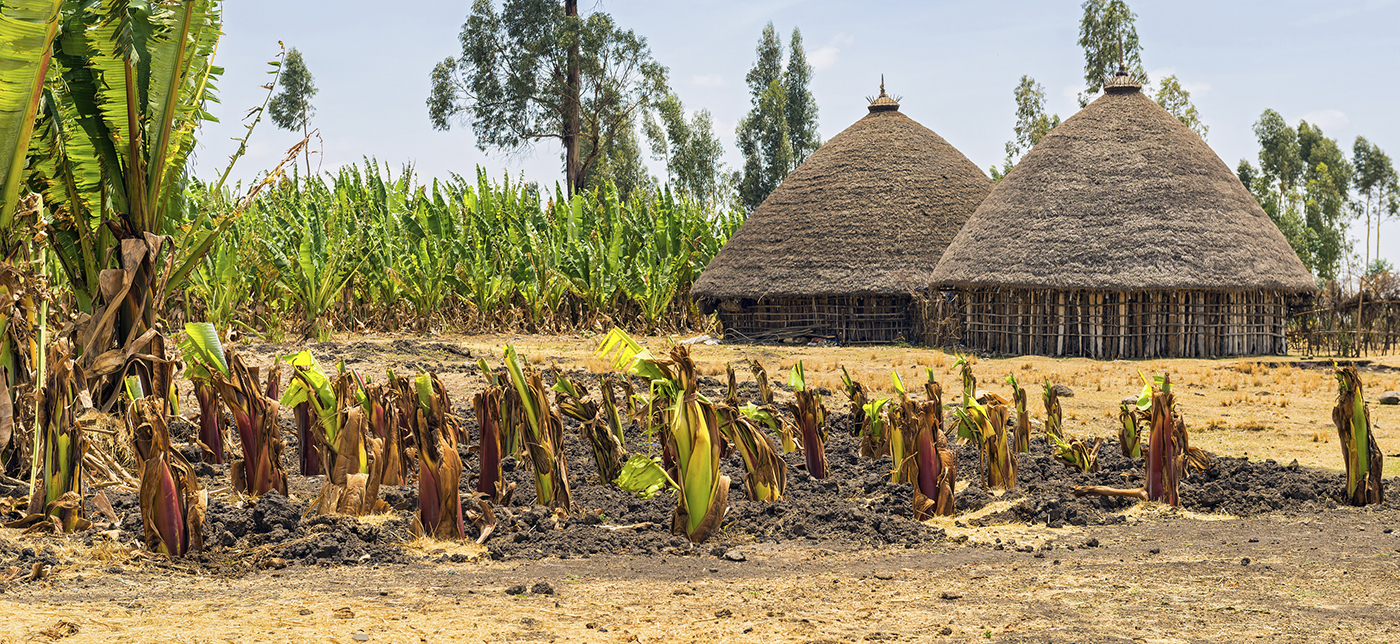
NRECA International supported the Ethiopia Ministry of Water, Irrigation and Energy (MoWIE) to develop a comprehensive national electrification strategy. Funded by the World Bank, this strategy lays the groundwork for sustainable economic growth by expanding access to electricity for millions of Ethiopians living in urban, peri-urban, rural and remote areas. Learn more.
Jamaica
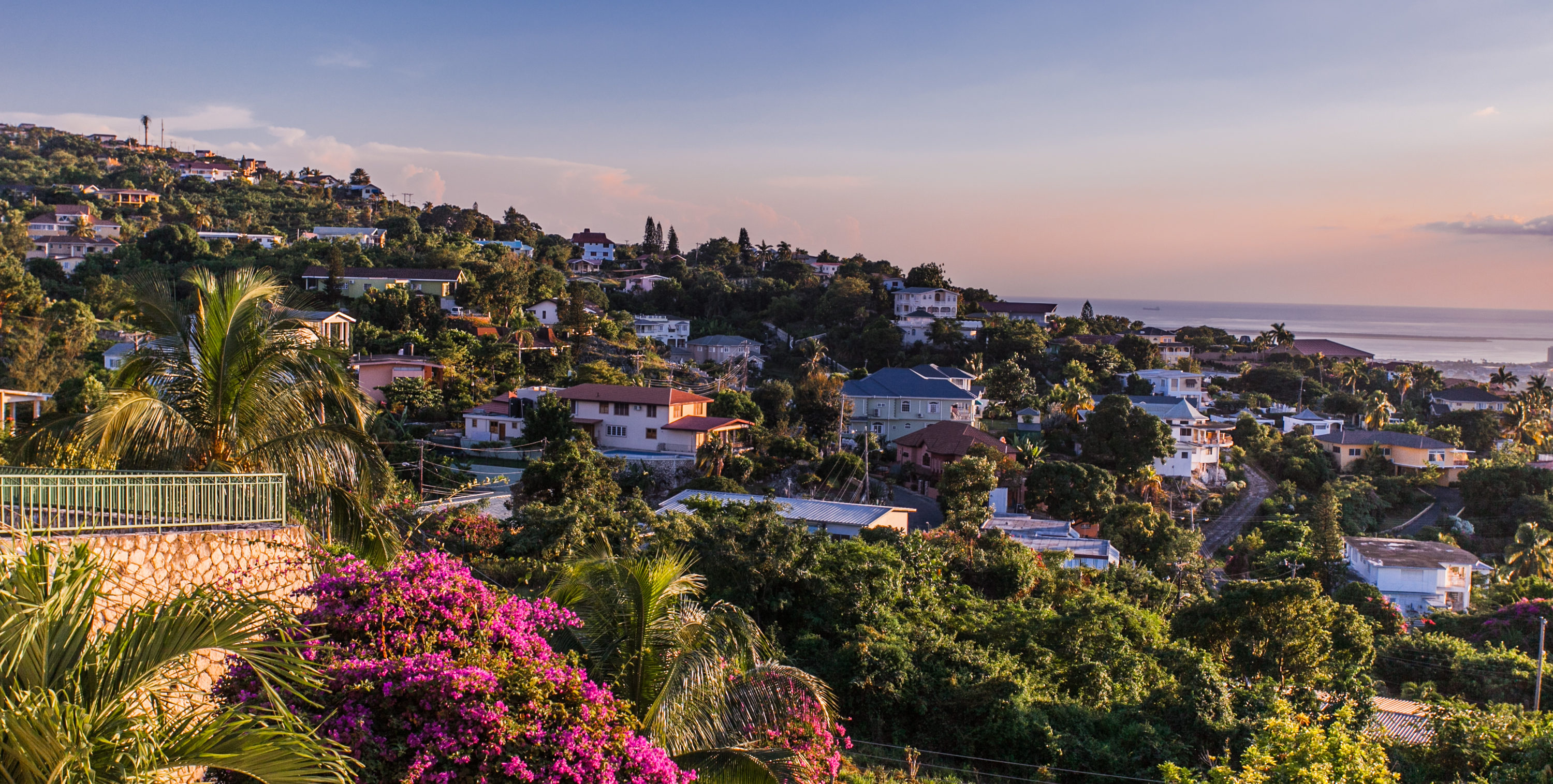
Jamaica relies primarily on imported fossil fuels for power generation, exposing the country to international oil price fluctuations, and places additional pressure on other financial needs of the country. The high cost of electricity (twice of the average cost in the US) is also driven by inefficient power generators and a distribution system that suffers from commercial losses. Jamaica has 2.72 million people, and 85% has access to electricity. Read more.
Kenya
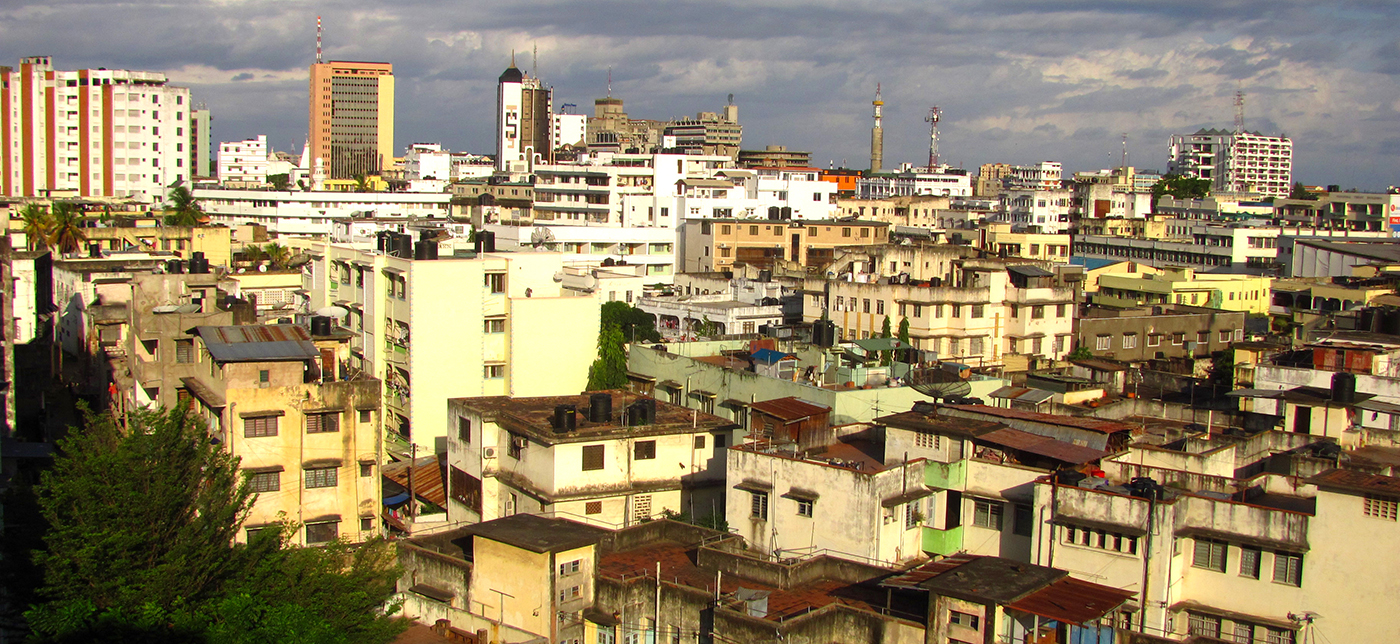
NRECA International worked with the government of Kenya and prepared a national electrification strategy and plan to facilitate universal access throughout Kenya. The strategy includes a plan to connect all consumers within the existing power-grid footprint; expand the grid footprint to those communities and housing clusters that can be connected through grid expansion; and to develop an off-grid electrification plan for the rest of the population. These plans include recommendations that are financially viable and will support long-term electrification goals. This strategy also guide investments from multiple donor agencies and the Government of Kenya for the next seven years. Learn more.
Mozambique
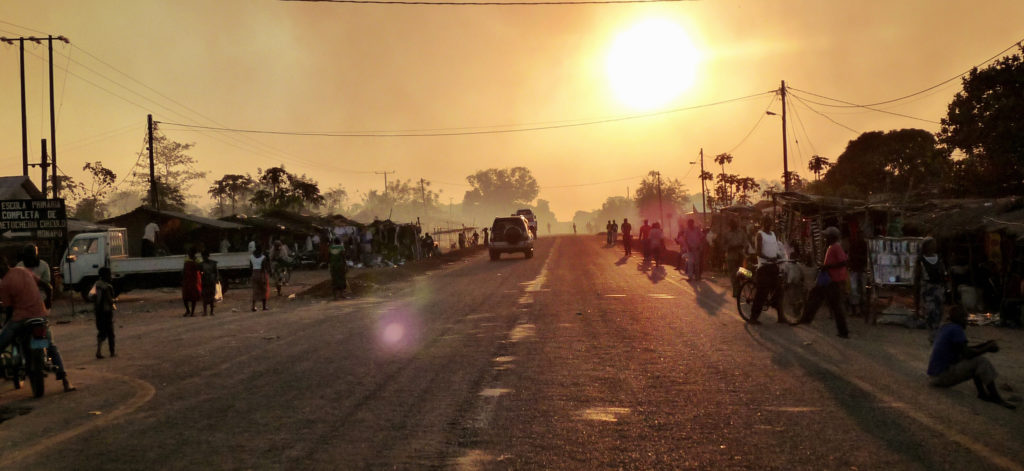
Located in southeast Africa, Mozambique is one of the largest countries in the African continent covering an area of about 800,000 km, but it is one of the most sparsely populated with a population of about 26 million people. More than 70% of them live in rural areas, with less than 7 million people total, have acess to electricity. Read more.
Papua New Guinea
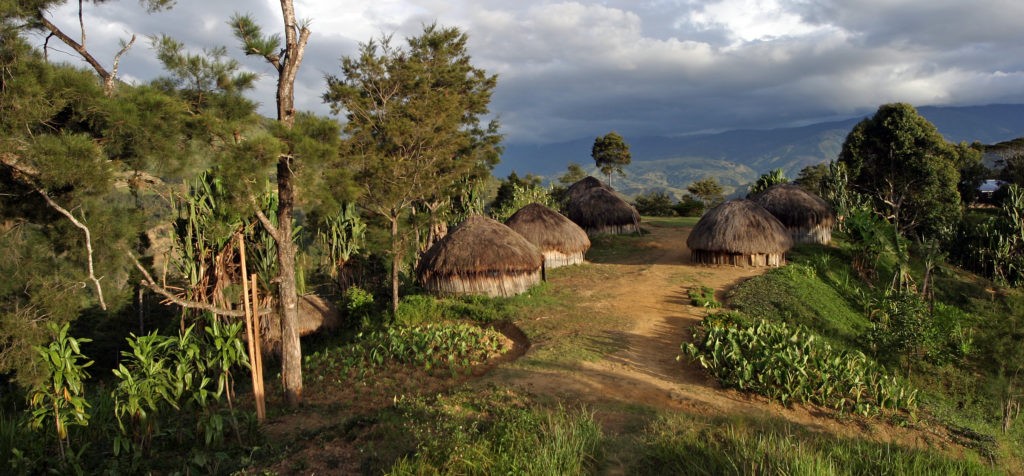
Located in the southwestern Pacific Ocean, and about the size of California, nearly 87% of this country’s 7 million population live in rural areas, and only 22% have access to electricity. A country rich with renewable energy resources, Papua New Guinea has a set target for full renewable energy generation by 2030, as well as 70% electricity access for its population. Read more.
Uganda
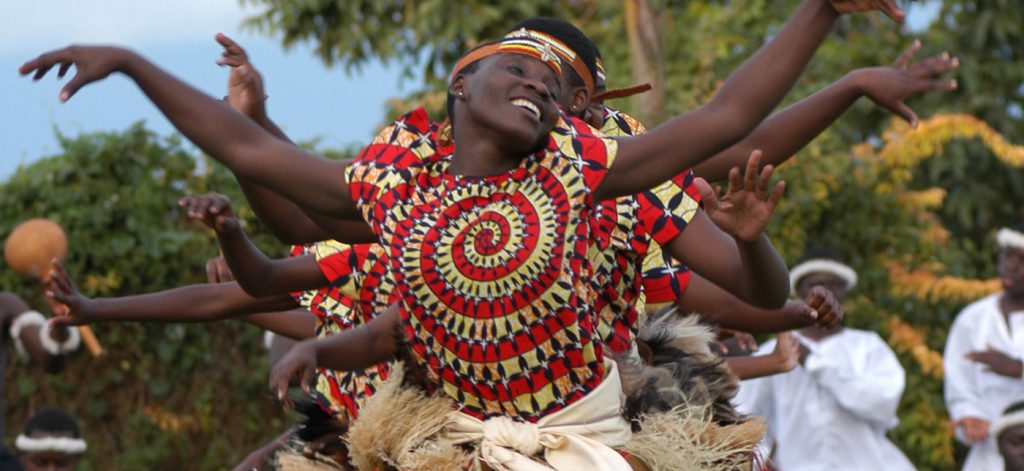
From 2010 to 2012, NRECA International supported the Rural Electrification Agency (REA) to update the Rural Electrification Strategy and Plan II (RESP) – the blueprint that defines how electrification access is expanded in Uganda. This project was financed by the World Bank and provided a clear framework that has guided REA investments in grid and off-grid electrification expansion. Read more.
Zambia

In the Republic of Zambia, more than 10 million people –about 70 percent of its population, live without access to electricity. In the rural areas, only four percent of its disparate population have access to power. To help facilitate future mini-grid projects designed to expand electricity access to the country’s rural areas, on behalf of the International Finance Corporation and the World Bank, NRECA International developed mini-grid technical standards and specifications for government stakeholders and project developers. Learn more Read more.
Zimbabwe
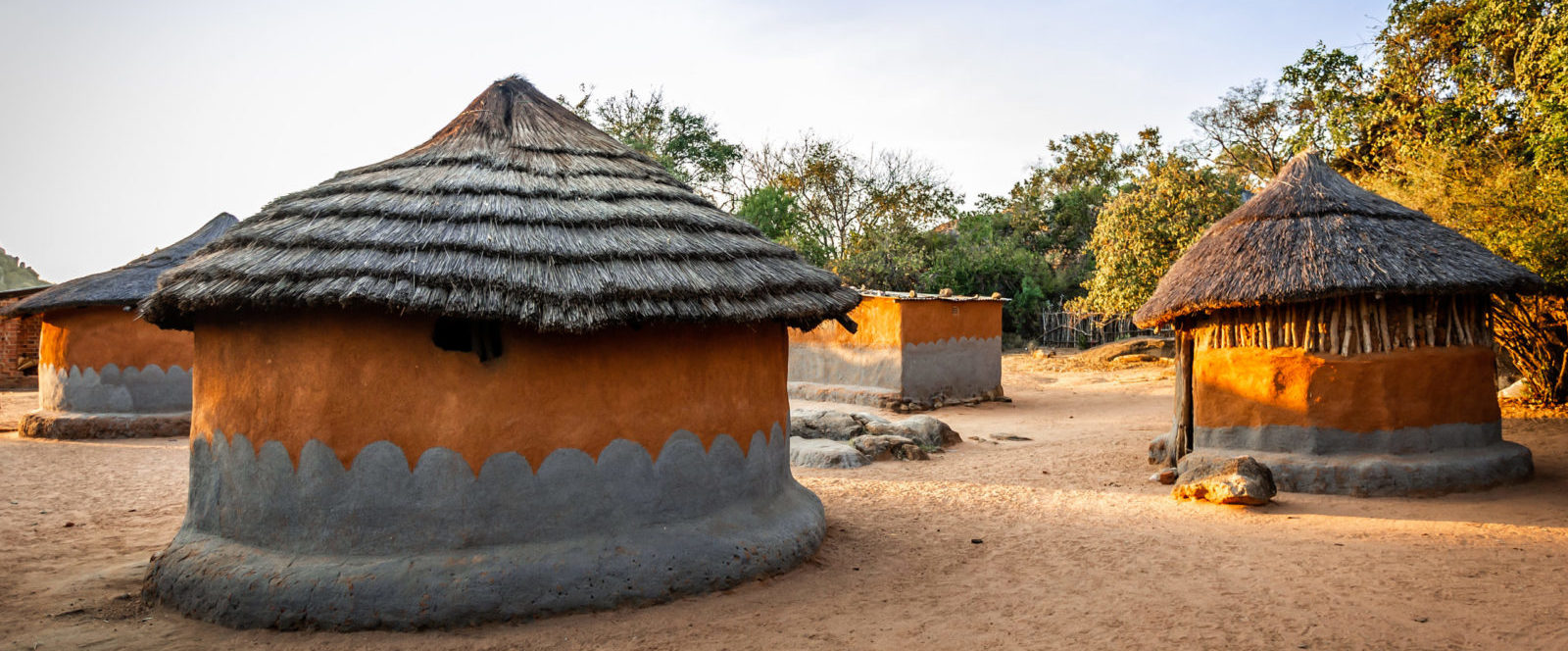
Located in Southern Africa, Zimbabwe is a landlocked country with a population of about 14 million people. Roughly the size of California, about 60 percent of all households do not yet have access to commercial electric service, and 90 percent of rural households are without service. Learn more.